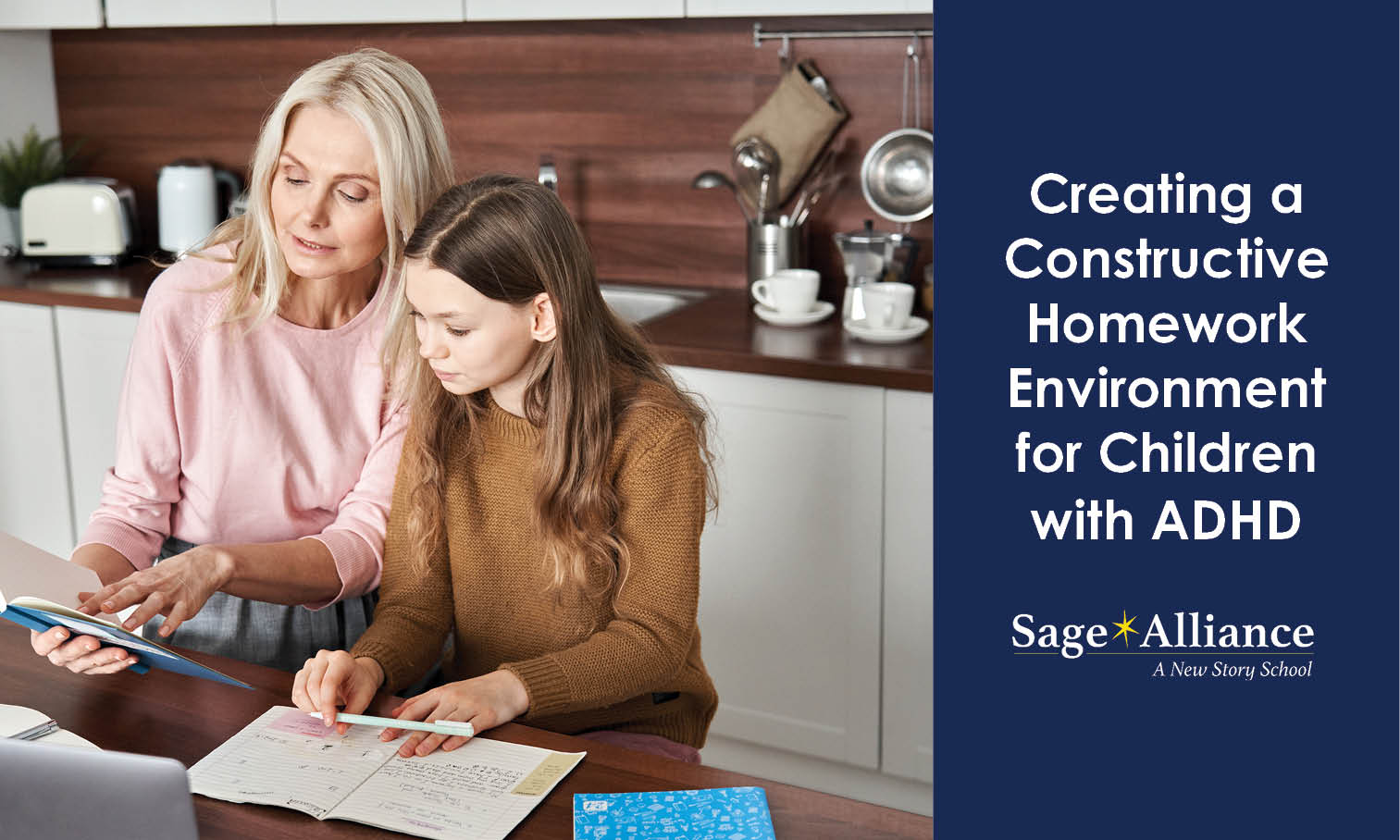Creating a Constructive Homework Environment for Children with ADHD
Posted: November 01, 2016 | Written By: | Category: ADHD

Children with ADHD present very specific challenges when it comes to working outside of their regular formal schooling environment: homework can feel like an uphill struggle for both the students and their parents who may find the process frustrating and not know the best way to help their child thrive and succeed.
A new study has found that long-acting stimulant medication, often prescribed to children with ADHD, doesn’t actually have any significant impact on homework performance. In fact, the most impactful change that parents can make to improve their ADHD child’s homework performance and overall academic success is in the way that homework is approached. This study shows that most parents of children who have a diagnosis of ADHD benefit from working with a behavioral therapist with experience in working with ADHD children in conjunction with their children’s teachers in order to develop a successful homework plan. So what can parents actually do? Here are a few tried and tested learning techniques:
Ensure that Your Child is Comfortable
Children with ADHD tend to fidget and struggle to become comfortable: they become easily distracted. They often move about and into different positions because they are unable to stay still for long periods of time. When homework time approaches, the first thing that you should do is ensure that your child’s work space is comfortable. This means finding them a padded upright chair (and if possible a desk or steady table) where they can work. Sitting on the floor or on a bed can be uncomfortable and distracting which will make it much harder to focus on the job at hand. You might think that a bare desk would be the best thing to avoid distraction, but for children with a tendency to fidget, providing them with a toy or tool to keep their hands busy (such as a stress ball or a tennis ball) is more likely to keep them in their chair and close to their homework books.
Minimize Shifts in Attention
Shifts in attention can be the worst things for children and teens with ADHD: switching from books to computer or from writing to reading can provide the perfect excuse for distraction and this can be quickly amplified when a child has ADHD. Make sure that your child has all of the materials that they need for the job at hand within arm’s reach so that they have no excuse to get up and down from their chair. You might also want to keep the walls within their work room bare and ensure that they can’t hear any music or televison sounds blaring from other rooms in order to minimise any visual and aural distractions, as these can lead to overstimulation and making working very difficult. If your child feels they need noise in order to work, consider investing in a white noise machine. Effectively, your role should be to create a working environment that is as calm and relaxing to work in as possible
Make Use of Charts and Checklists
Charts and checklists are a great tool for giving your child a visual update on the progress they are making and can help to focus their mind: they know what they need to achieve in order to get to their next target. Sticker charts are particularly useful for younger children. Goals and rewards for positive behaviour (and for homework completed) is a great way of encouraging children with ADHD to model desirable behaviour. When distractions do strike and targets aren’t being met it can be difficult not to feel frustrated as a parent, but the use of loud voices or harsh language are really not beneficial to children with ADHD. Instead focus on consistent reprimands in calm tones and continue to explain the behaviors you expect to see and the rewards they will reap when they succeed.
*This article was written and contributed by Freelance Writer, Anne Savage
Citations
“Parenting strategies for helping kids with ADHD”, Michigan State University, http://msue.anr.msu.edu/news/parenting_strategies_for_helping_kids_with_adhd
“Study highlights what helps, doesn’t help, ADHD kids with homework”, Contemporary Paediatrics, http://contemporarypediatrics.modernmedicine.com/contemporary-pediatrics/news/study-highlights-what-helps-doesn-t-help-adhd-kids-homework
“Creating a good homework environment for kids with ADHD”, Good Therapy, http://www.goodtherapy.org/blog/creating-ideal-homework-environment-for-kids-with-adhd-0913164
“ADHD (Attention Deficit/Hyperactivity Disorder)”, Psych Guides, http://www.psychguides.com/guides/adhd-attention-deficithyperactive-disorder/
“ADHD in the classroom a struggle for students, teachers”, Greenwood Democrat, http://www.greenwooddemocrat.com/entertainmentlife/20160902/adhd-in-classroom-struggle-for-teachers-students
“Homework problems you can solve: A parents guide to conquering assignments”, Additude Magazine, http://www.additudemag.com/adhdblogs/29/12056.html
Want to be notified of new articles and resources from Sage Alliance? Click here to submit your email and opt into our newsletter.








